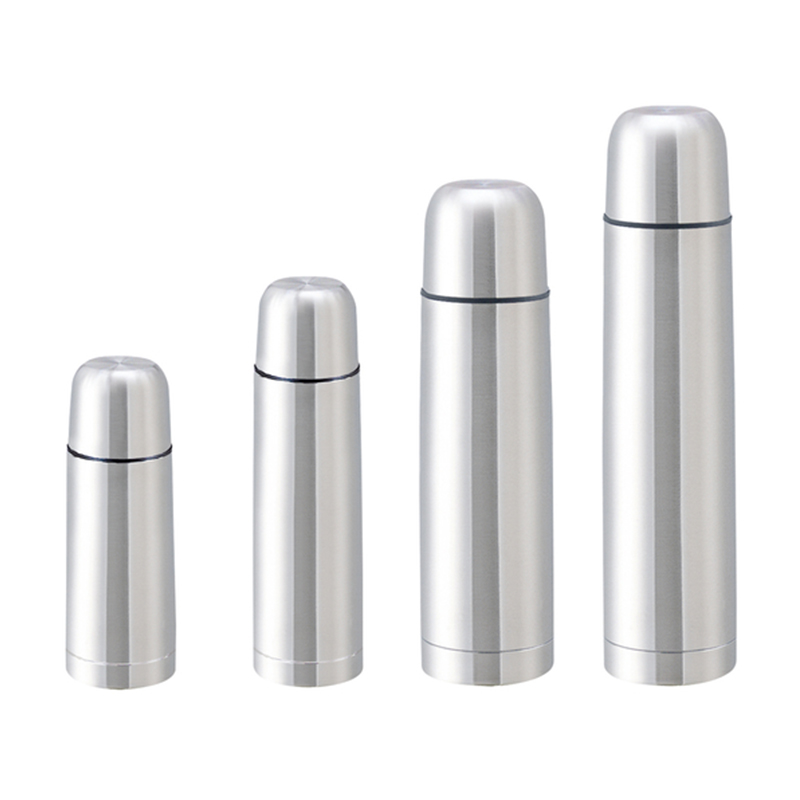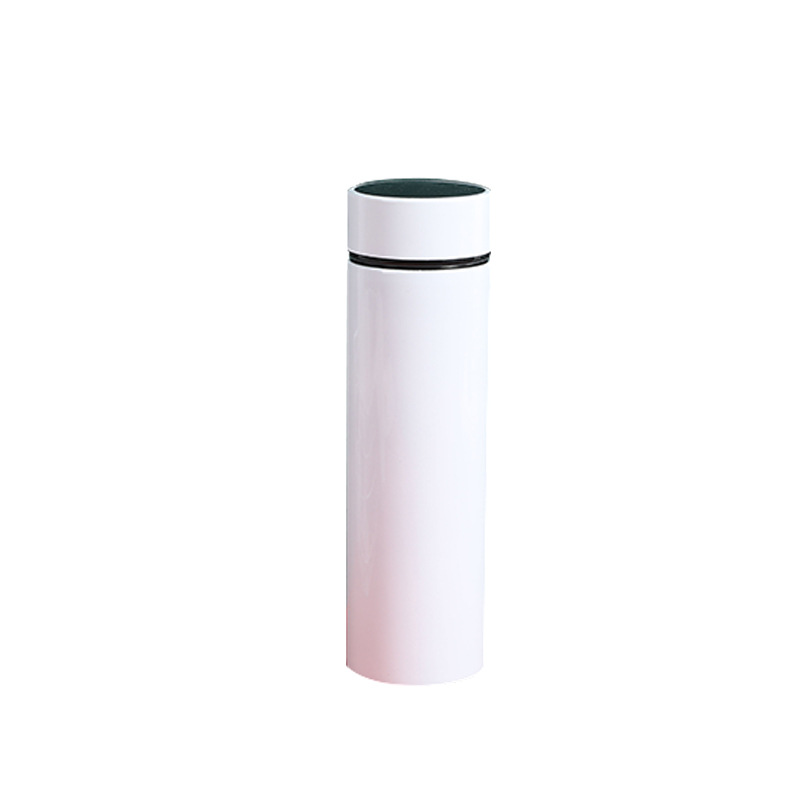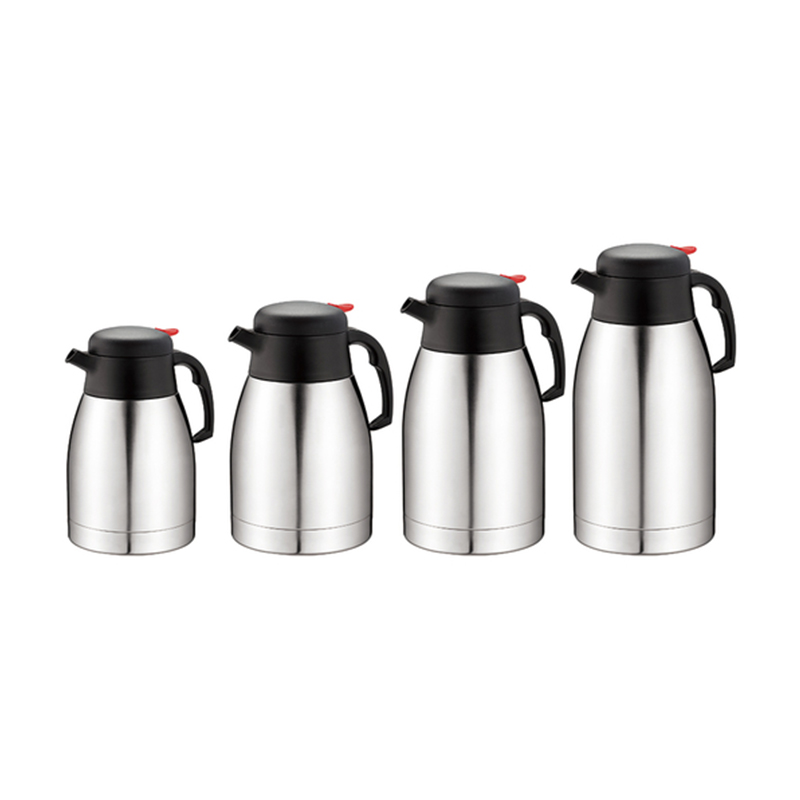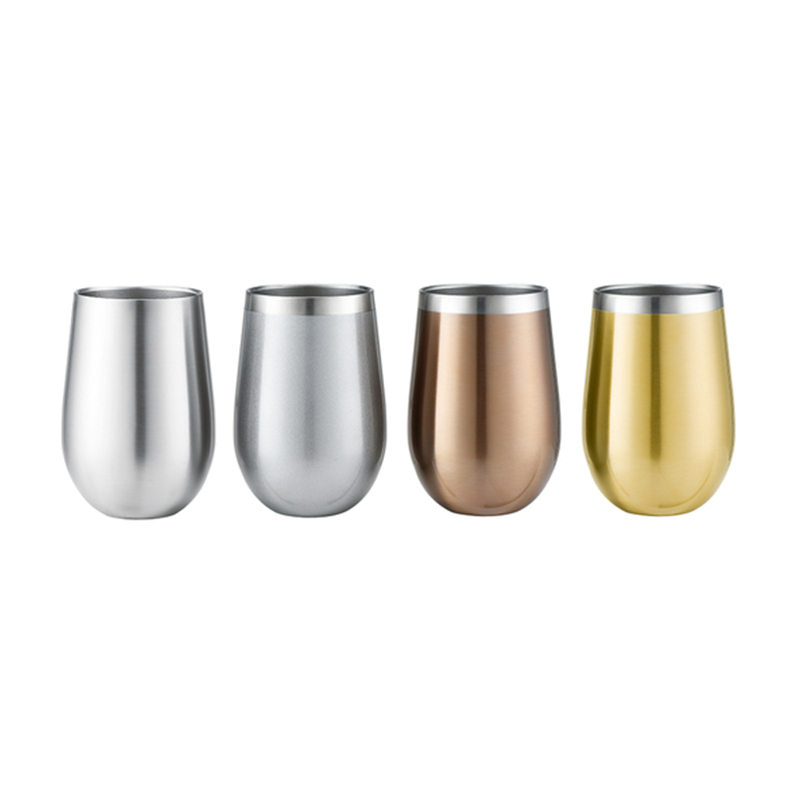Water Bottles for Sports: Features and Precautions
2025-09-26
Key Features of Sports Water Bottles
1. Ergonomic Design for Easy Handling

Sports water bottles are designed with ergonomics in mind, ensuring they are easy to hold and carry during physical activity. Many bottles feature contoured shapes that fit comfortably in the hand, making it easy for athletes to hydrate while on the move. This design reduces the risk of dropping the bottle, especially during fast-paced activities like running or cycling. Additionally, many bottles have features like textured grips or non-slip surfaces to ensure they remain secure even when sweaty hands are involved.
2. Material Durability
Sports water bottles are made from a variety of materials, each chosen for its durability, safety, and ease of use. The common materials include plastic, stainless steel, and aluminum.
Plastic bottles are lightweight and often feature designs that are easy to squeeze, making them ideal for quick sips during activity. However, many plastic bottles are now BPA-free, ensuring they do not release harmful chemicals into the water.
Stainless steel bottles are popular for their insulation properties. These bottles can keep water cold for hours and are highly durable, making them a great option for outdoor activities like hiking or cycling. They are also resistant to odors, stains, and rust.
Aluminum bottles are lightweight like plastic but offer the added benefit of being eco-friendly. However, they may require an inner coating to prevent metallic taste or corrosion.
Each material is designed to endure the wear and tear of sports, making them good for athletes who need a reliable, long-lasting hydration solution.
3. Leak-Proof and Spill-Resistant Features
A good sports water bottle should have a secure, leak-proof lid to prevent spills during physical activity. Many bottles feature a locking mechanism or a twist-on lid that ensures no water escapes. This feature is particularly important for athletes who may be carrying their bottles in backpacks, gym bags, or sports bags, as it prevents any unwanted leaks that could ruin equipment or clothing.
Some bottles also offer spill-resistant features with wide mouths or flip-up spouts that are easy to open and close without worrying about liquid leakage. This makes it more convenient for athletes to hydrate quickly without wasting time.
4. Capacity and Size Options
Sports water bottles come in various sizes, allowing athletes to choose the capacity that fits their hydration needs. Smaller bottles, typically around 16 to 20 ounces, are ideal for shorter activities, while larger bottles, up to 32 ounces or more, are better suited for longer events or endurance sports. It is essential to choose a water bottle size that aligns with the level of hydration required during the sport or activity.
Some water bottles also come with measuring markers or a translucent body that allows the user to monitor how much water remains, helping athletes ensure they are staying properly hydrated throughout their workout.
5. Insulation and Temperature Control
Certain sports water bottles come with double-wall insulation, a feature that helps to maintain the temperature of the beverage inside. Insulated bottles can keep water cold for several hours, which is especially beneficial for athletes who train in hot climates or for those who prefer chilled beverages after a workout. These bottles can also maintain the temperature of hot beverages, such as tea or coffee, which can be useful for outdoor winter activities.
6. Easy-to-Clean Design
Hygiene is critical when it comes to hydration, and sports water bottles are designed to be easy to clean to prevent bacterial buildup. Many bottles have wide mouths that allow for quick access for cleaning, and some models are dishwasher-safe for added convenience. Bottles with straw-style spouts or squeeze mechanisms may require more frequent cleaning, as moisture can get trapped in hard-to-reach areas, creating an environment for mold or bacteria growth.
Precautions to Consider When Using Sports Water Bottles
1. Regular Cleaning
While sports water bottles are designed for repeated use, it’s important to clean them regularly to prevent the buildup of bacteria and mold. This is especially crucial for bottles that are used frequently or for beverages other than water, such as sports drinks or flavored beverages. A regular cleaning routine, which includes washing the bottle with warm soapy water and allowing it to dry completely, will help keep the bottle hygienic and safe to use.
2. Avoiding Excessive Heat Exposure
Even though many sports water bottles are made from durable materials, exposing them to high temperatures for prolonged periods can cause damage. Plastic bottles, in particular, may warp or degrade when left in direct sunlight or near heat sources. If using an insulated bottle, it’s important to avoid placing it in heat, as this could affect its temperature control properties.
3. Proper Storage
When not in use, it’s important to store water bottles in a clean and dry environment to prevent the growth of bacteria or mold. If a water bottle is left in a humid or dark place, moisture inside can unpleasant odors or contamination. Always store your water bottle with the cap off to allow it to air out and dry completely between uses.
4. Choosing the Right Material
When selecting a sports water bottle, consider the material that suits your needs. For example, athletes who prefer a lightweight, flexible bottle may opt for a plastic model, while those seeking more insulation or durability may choose stainless steel. Be mindful of the pros and cons of each material and choose one that aligns with your personal preferences and activity level.
5. Using Water Only
While it may be tempting to fill a sports water bottle with energy drinks or sugary beverages, it’s better to use water for hydration. Drinks that contain sugar or artificial flavors can leave residue in the bottle, bacteria growth and unpleasant odors. Stick to water for the hydration and hygiene.



 English
English  日本語
日本語  Deutsch
Deutsch 


































